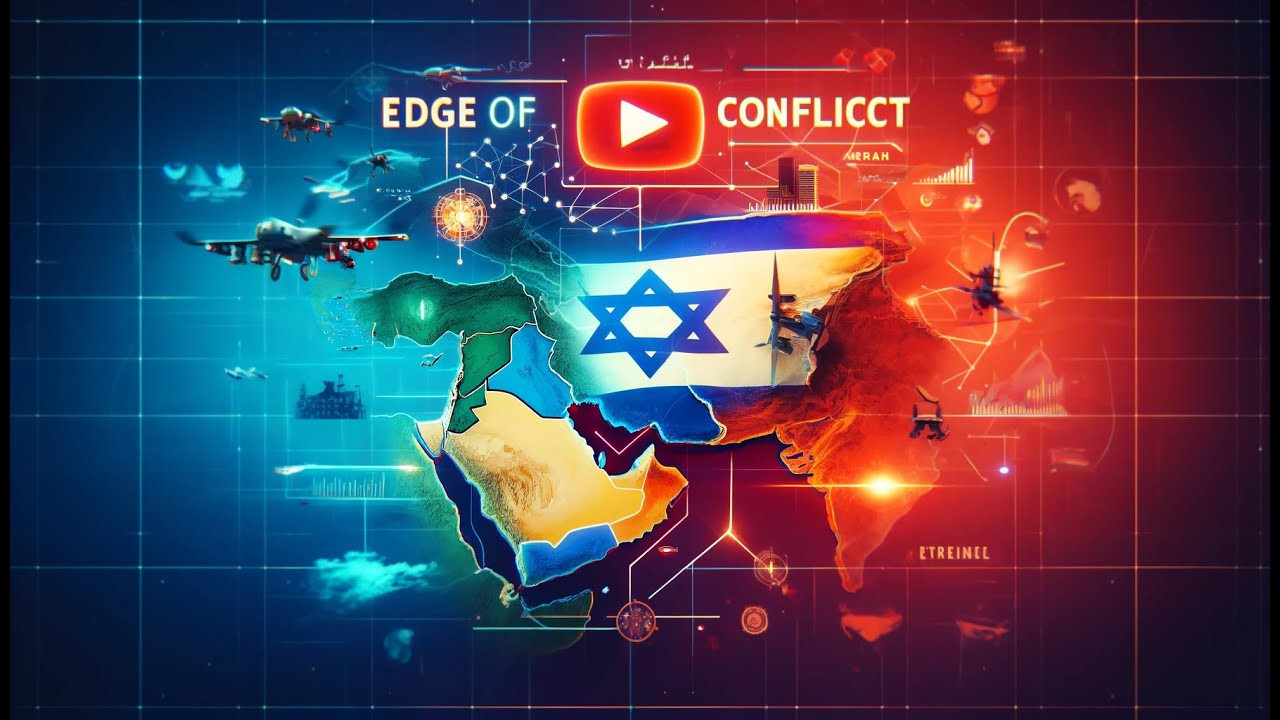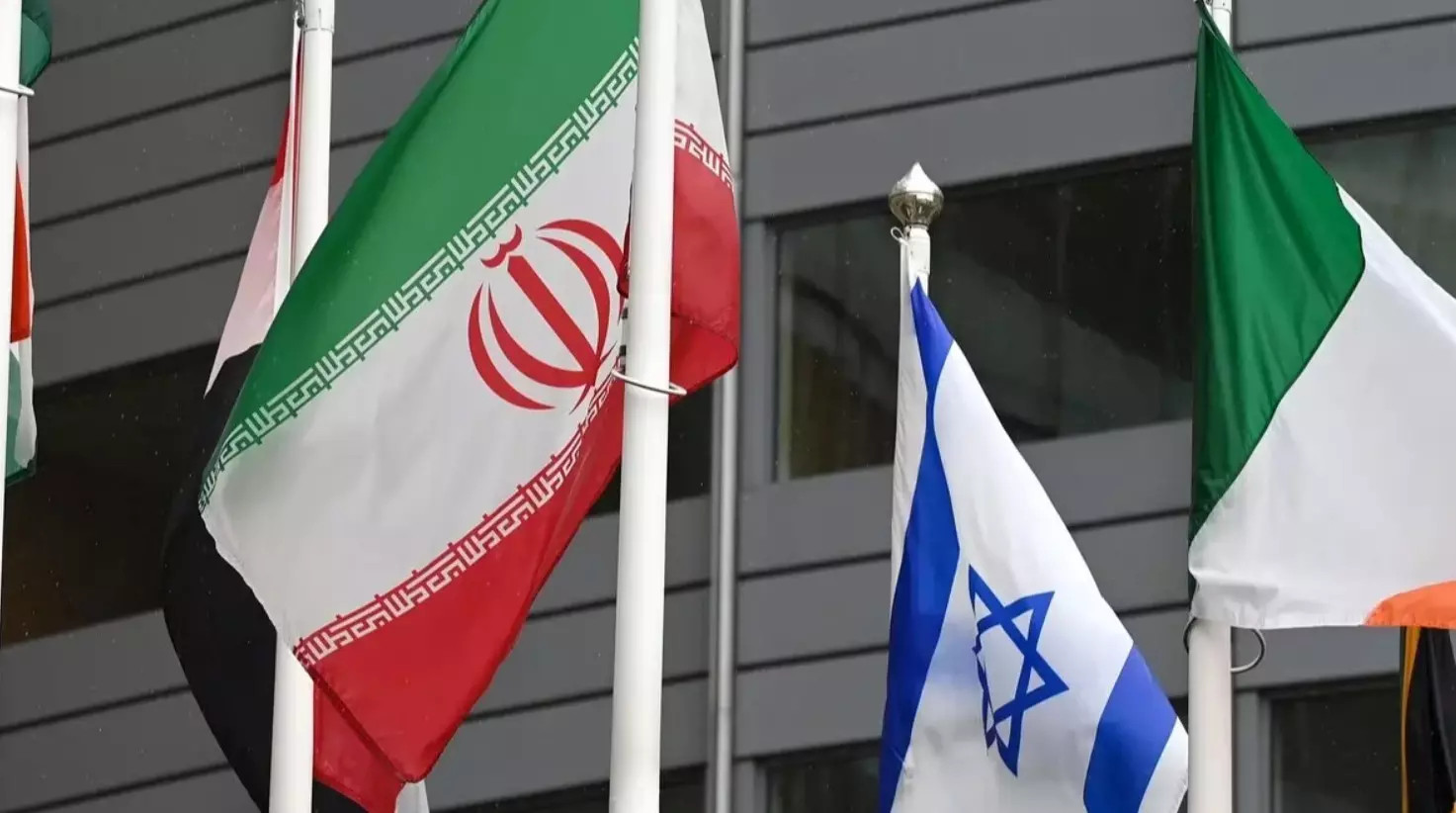A series of violent events over the past week have taken the Middle East closer to the brink of all-out war. The latest of these was the killing, on 31 July, of Ismail Haniyeh, the leader of Hamas’s political wing and a high-level guest of the Iranian government, in the Iranian capital Tehran on the day of the new Iranian president’s inauguration. The attack on Haniyeh leaves the region awaiting the retaliation that Supreme Leader Ali Khamenei has promised and reportedly greenlighted. While Israel has not officially claimed the hit, it has given every indirect indication that it was the author. Separately, a day before the Haniyeh operation, Israel struck and killed a top Hizbollah commander, along with several civilians and a member of Iran’s Islamic Revolutionary Guard Corps, in a Beirut suburb where many of the Iran-backed organisation’s supporters live.
Iran's Response
Clues to how Iran will respond may be found in the unprecedented barrage it unleashed on 13 April, when it sent more than 300 missiles and drones at Israel in retaliation for Israel’s killing of senior Iranian officers at Iran’s consulate in Damascus. Combined Israeli-U.S. and other defences succeeded in intercepting all but a handful of the projectiles before they reached their targets; the ones that got through reportedly injured one person and caused minor damage to Israeli air bases. But this fact does not prove that Iran is incapable of dealing Israel a serious blow. Indeed, there is ample reason to believe that Tehran wanted to send a signal without doing anything close to the maximum possible damage in April. It warned the U.S. and Israel’s Arab neighbours it would fire the projectiles, in effect assisting the defensive response – though by no means making it a risk-free operation. This time around, Iran may feel that trying to achieve deterrence will require a more painful attack. This could mean giving less warning and using more precise munitions. It is also likely to act in concert with its non-state allies in the “axis of resistance”, its network of partners including Hizbollah in Lebanon, the Houthi militants in Yemen and paramilitary groups in Iraq, as well as Hamas.
Israel's Potential Response
Similarly, Israel’s reaction to the April fusillade may offer insight into how it will react to an August attack. The Israeli response in April was very limited, but also highly accurate: in targeting a missile defence battery associated with Iran’s nuclear program, Israel sent its own signal about having the capability and willingness to do much worse. This strongly suggests that any move Tehran makes up the escalation ladder will be met in kind. But whether or not Iran understands this, it is in a bind. As Khamenei has already made clear, leaving the killing unanswered would, in the eyes of Iran’s political leaders, appear weak and risk emboldening its enemies.
The Risk of Escalation
The question now is whether the escalation that is almost surely coming can be contained and an all-out regional war prevented. Here, as in the past, there are reasons for hope. Perhaps most important is that both Iran and the U.S. have indicated repeatedly through words and deeds that they want to avoid such a worst-case scenario. Both have strong motives to ward it off. Successive U.S. administrations since President Barack Obama’s have indicated their strong desire to extricate the United States from its long pattern of resource-draining entanglements in the Middle East. The prospect of being drawn into a major regional war on the eve of the Democratic Party’s August nominating convention and months from a presidential election must be especially unattractive to U.S. President Joe Biden – and perhaps even more so to his apparent successor for the nomination, Vice President Kamala Harris.
For its part, Iran’s leadership knows that while Tehran and its allies can seriously harm Israeli and U.S. interests in the Middle East, they cannot prevail in a direct confrontation with the region’s and the world’s strongest military powers. A recently inaugurated government that campaigned for rebalancing relations with the West and addressing socio-cultural discontent would mire itself in a conflict that could moot the former and deepen the latter just days into office. Against this backdrop, Iran’s ally in Lebanon, Hizbollah, has signalled a measure of circumspection: it has vowed to retaliate for Israel’s killing of one of its top commanders, but insisted that Israel’s reaction from that point onward will determine the extent of the conflict’s escalation.
Diplomacy and Containment
Moreover, the major actors have shown that they have the diplomatic tools to manage a crisis of this nature. The April experience shows that direct messages between the U.S. and Israel, together with vigorous back-channel diplomacy between the U.S. and Iran, can be effective. The outcome of Iran’s 13 April attack could have been much worse if Tehran had not telegraphed it in advance, and if Israel and its allies had not mounted a robust and mostly successful defence in anticipation. Israel, likewise, could have responded much more fiercely to the barrage had the Biden administration not counselled against it in intensive conversations.
Yet for all these considerations, the risk of a spiralling conflagration is high, both because the two parties are undeniably upping the ante and because past successes when it comes to containment may breed overconfidence, risk taking and miscalculation. Crisis Group has long warned that in a high-stakes standoff it takes only a single misreading of intentions, a single technical or targeting error – as may have happened with the strike in the Israeli-occupied Golan Heights that killed twelve children on 27 July and set the stage for Israel’s 30 July strike on Beirut’s environs – or a single miscommunication for things to spin rapidly out of hand. The possibility that Iran or Israel goes too far – leading to an intensifying war that unfolds without constraints, inflicts a huge toll on civilians throughout the region and potentially draws outside actors like the U.S. into direct conflict with Iran and Hizbollah – is likely greater now than it was in April and deeply concerning.
The Need for a Gaza Ceasefire
The first order of business, almost surely under way already, is for the parties to work through all appropriate channels (including those used in April if available) to convey the clearest possible sense of red lines in the likely coming exchange of fire between Iran and Israel. Invariably, it will fall to the White House to make clear the consequences for straying beyond these. Washington will need to communicate to Tehran that the farther it goes, the less it will be able to constrain Israel’s inevitable retaliation, and that outside certain lines the risks will become unmanageable. For Israel, the U.S. message will need to be tough as well. Whether or not Haniyeh was a legitimate target, the time, place and manner of his killing was clearly destabilising, creating an escalatory risk the U.S. now must partly shoulder, and almost certainly undercutting the talks, which appeared to be making some headway, toward a ceasefire and hostage release deal in Gaza. While the U.S. will surely help defend Israel from any coming attack, it should make clear that any response to that attack must be calibrated – as it was in April – and that Israel does not have a blank check to draw the U.S. into spiralling hostilities that might result from a reckless response.
Iranian and Israeli leaders should act accordingly, allowing themselves once again to be guided by the risk management logic that prevailed in April and understanding that, if they choose to test the limits of this approach, the results could be catastrophic.
At the same time, the U.S. and other mediators should redouble efforts to finally bring the Gaza war kicked off by Hamas’s 7 October 2023 attack on Israel to a long overdue ceasefire, which is both a humanitarian imperative and the best way of meaningfully reducing tensions in the region. This includes at Israel’s fraught northern border, where Hizbollah has repeatedly said it will halt its months of rocket fire should a permanent Gaza ceasefire be reached. Since President Biden presented his ceasefire plan on 31 May, Israel’s then-war cabinet has authorised it, the UN Security Council has endorsed it and Hamas has indicated willingness to abide by its terms. But Israel has added conditions to the plan regarding its continued control of two corridors in the Gaza Strip and of the Rafah border crossing into Egypt, as well as the movement of Palestinian men to northern Gaza from their areas of displacement in the strip’s southern part. These new conditions give the impression that it is not interested in a truce. Officials in Israel’s security establishment have openly accused Prime Minister Benjamin Netanyahu of standing in the way of a deal to serve his own political interests.
The Biden Administration's Pressure
Whatever the reason, the current situation is intolerable. Given the humanitarian and security stakes, the U.S. needs to shift to a different level of pressure on Israel to get the deal done. It appears to recognise as much. On the evening of 1 August, Biden told reporters he had given Netanyahu a “very direct” message by telephone. “We had the basis for a ceasefire”, the U.S. president said. “He should move on it and should move on it now”. Ideally, this kind of pressure will work, Israel will agree to the deal that is on the table, Hamas will not backtrack after Haniyeh’s killing and both sides will move into implementation of the deal’s first phase – under which hostilities cease, Israeli forces start redeploying out of population centres, exchanges of hostages and prisoners begin, and humanitarian access expands. Yet the administration’s tough public rhetoric has too often proven to be window dressing for a policy of continued broad support that has allowed Netanyahu to block peace efforts while the pummelling of Gaza continues.
Stronger measures may be required. To underscore its message, Washington may need to indicate willingness to take steps that it has previously been reluctant to take – including placing conditions on arms transfers for non-defensive purposes. Politically, this move would be difficult, especially in an election year. But both Biden’s Democratic Party and its opponents in the Republican Party (which includes an increasingly vocal anti-war faction) should look at the Gaza war through the lens of the current crisis and the escalatory risks it clearly creates. They should ask themselves whether they are truly willing to accept a growing danger that the U.S. is drawn into another major Middle East conflagration in an era when leaders in both parties have committed to ending endless wars. If not, they will need to find a way to make clear to Prime Minister Netanyahu that he cannot continue to stall on a ceasefire deal that will almost surely be necessary, if not sufficient, to calm tensions in this troubled region.

















